Gardening during the hot summer months can be both rewarding and challenging. As temperatures soar and the sun beats down relentlessly, maintaining a thriving garden requires more than just routine care. Proper watering becomes critical, not just for plant survival, but for vibrant blooms, lush greenery, and fruitful harvests. This article explores practical, science-backed watering tips that every home gardener should follow to keep their garden flourishing through the heat of summer.
Understanding Plant Water Needs in Summer
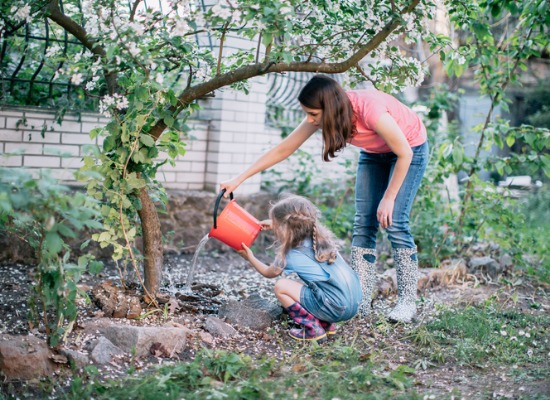
In hot weather, plants lose moisture quickly through a process called transpiration, especially during midday heat. Soil also dries out faster, which can lead to water stress, wilting, and even death of sensitive plants. But it’s not just about pouring more water—watering smartly is key.
Different plants have different water requirements. For instance:
- Vegetables like tomatoes and cucumbers need consistent moisture.
- Succulents and drought-tolerant plants thrive on minimal watering.
- Flowering annuals and perennials may need frequent watering, especially in containers.
Knowing your plant types helps you tailor your summer watering schedule for maximum efficiency.
Best Time to Water: Morning Wins
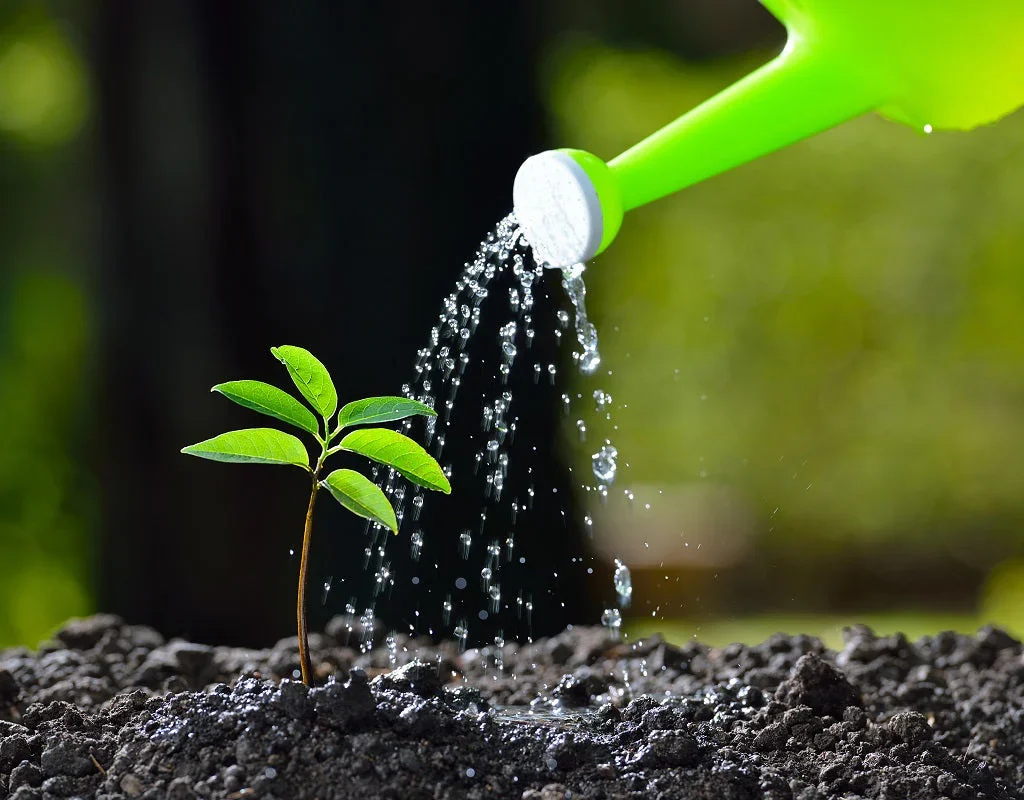
One of the most important summer watering tips is to water early in the morning, ideally between 5 AM and 9 AM. This allows water to soak deep into the soil before the sun gets too intense. Morning watering also gives leaves time to dry, preventing fungal diseases.
Evening watering is the next best option but can lead to excess moisture staying on the foliage overnight, especially in humid climates, encouraging mold and mildew.
Avoid midday watering, as most of the moisture will evaporate before reaching the roots, wasting water and offering little benefit to plants.
Deep Watering vs. Shallow Watering
A common mistake is watering too frequently with small amounts. This leads to shallow root growth, making plants more vulnerable to drought and heat.
Instead, deep watering is recommended. This means soaking the soil to a depth of 6–12 inches, encouraging deep root systems that can access moisture from lower soil levels during dry spells.
To check if you’re watering deeply:
- Insert a screwdriver or stick into the soil after watering.
- If it goes in easily to about 6 inches, your watering is effective.
Use Mulch to Retain Moisture
Mulching is a gardener’s best friend during summer. A 2–4 inch layer of organic mulch (like straw, shredded leaves, bark, or compost) helps:
- Reduce evaporation
- Keep the soil temperature cooler
- Suppress weeds that compete for water
- Enrich soil as the mulch breaks down
Apply mulch around the base of plants, leaving a small gap around stems to prevent rot.
Watering Techniques for Different Garden Types
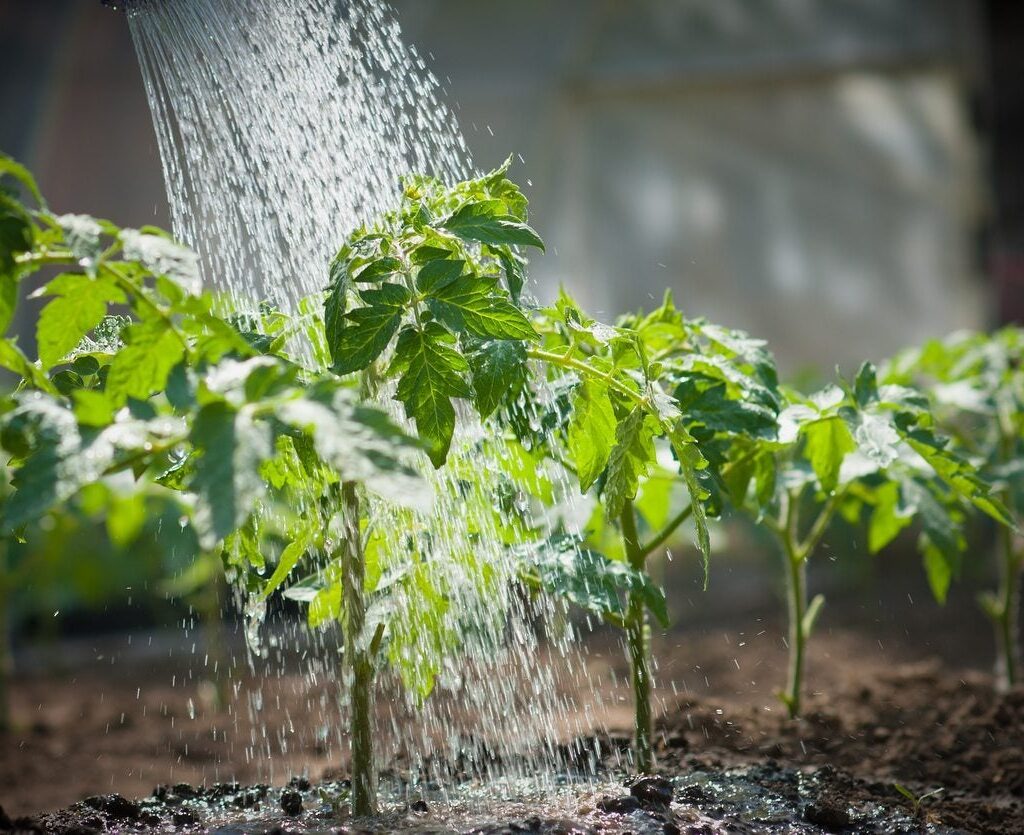
1. In-Ground Beds
- Use soaker hoses or drip irrigation to deliver water directly to the roots with minimal waste.
- Water less frequently but more deeply.
- Mulch heavily to retain moisture.
2. Container Gardens
- Pots dry out faster than ground soil, especially terracotta ones.
- Water once or even twice daily in extreme heat.
- Use self-watering containers or group pots together to create a microclimate.
- Consider adding water-retaining crystals or gel to the potting mix.
3. Raised Beds
- Raised beds drain well but also dry out quickly.
- Water deeply every 1–2 days during heatwaves.
- Mulch well and consider using a drip irrigation system.
Smart Watering Tools & Technology
Modern tools can help conserve water while keeping your garden healthy:
- Drip irrigation systems deliver slow, steady water directly to roots.
- Soil moisture meters help prevent overwatering or underwatering.
- Rain barrels collect water for eco-friendly irrigation.
- Smart timers automate watering and adapt to weather conditions.
- Ollas (clay pots buried in soil) slowly release water as the soil dries—an ancient yet effective method.
Investing in the right tools can improve efficiency and reduce your water bill.
Signs of Overwatering and Underwatering
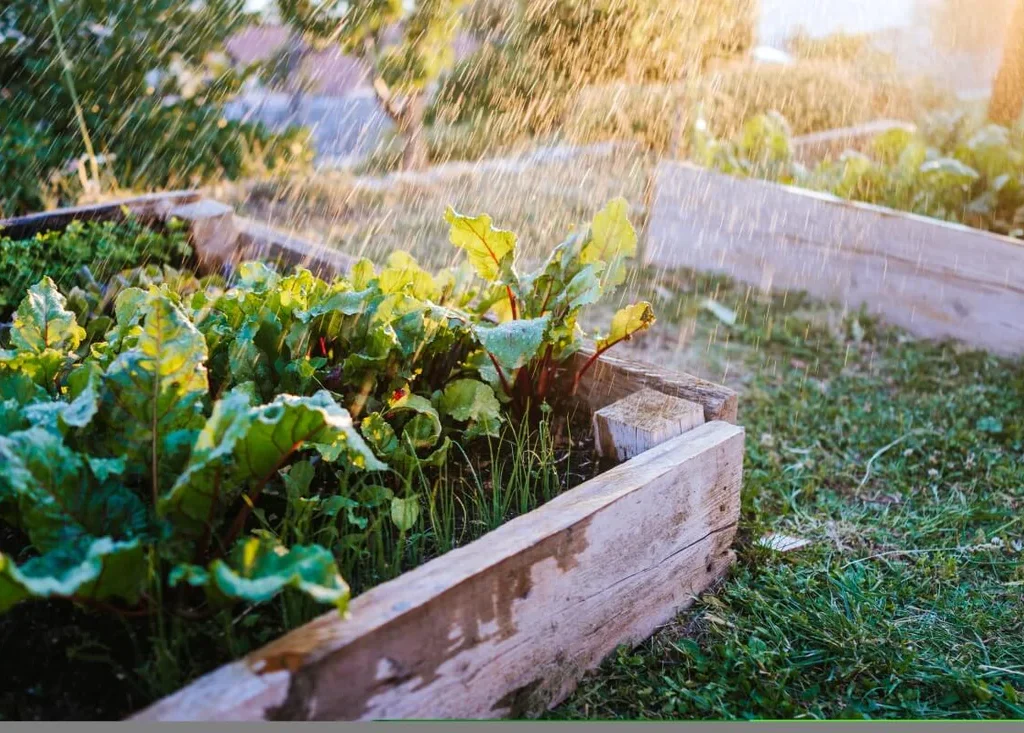
It’s important to strike the right balance. Here’s how to tell if your plants are stressed:
Signs of Underwatering:
- Wilting or drooping leaves
- Dry, cracked soil
- Leaf edges turning brown or curling
- Stunted growth
Signs of Overwatering:
- Yellowing leaves
- Mold or fungus on the soil
- Mushy stems
- Root rot
Always check soil moisture before watering. Insert your finger into the soil up to 2 inches—if it’s dry, it’s time to water.
Group Plants by Water Needs
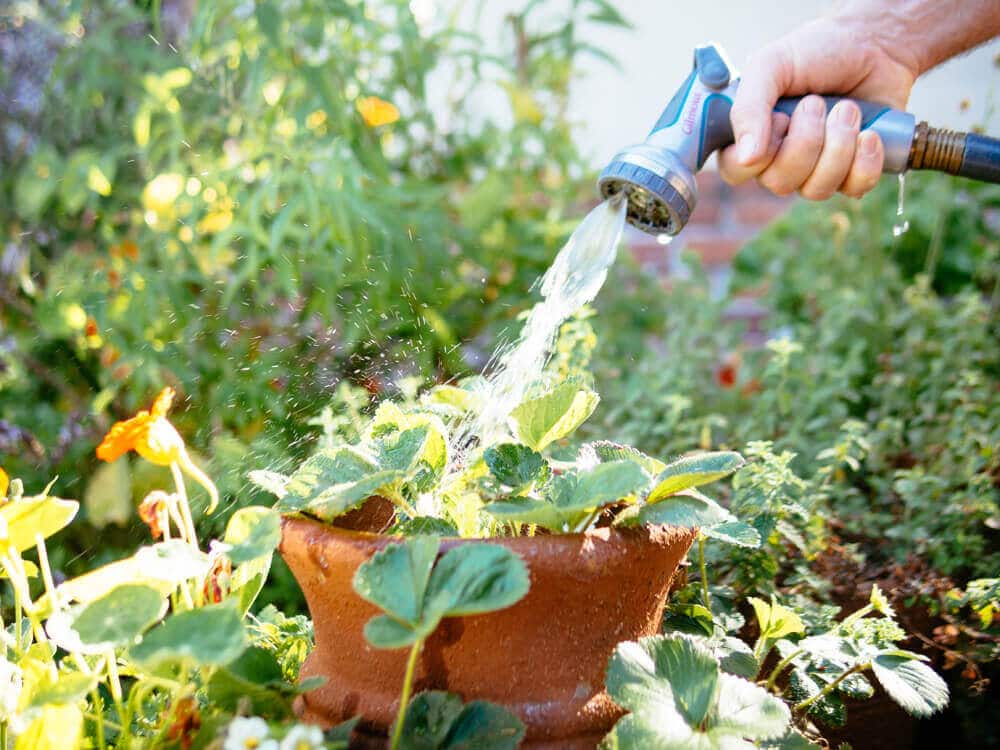
Create hydrozones in your garden by grouping plants with similar water requirements together. For example:
- High water use: Vegetables, annual flowers
- Medium water use: Perennials, shrubs
- Low water use: Succulents, native plants
This allows for targeted watering and reduces waste.
Protecting Plants During Heatwaves
Extreme heat can damage even drought-tolerant plants. Take these extra steps:
- Provide temporary shade using garden fabric, umbrellas, or shade cloth.
- Avoid transplanting or pruning during intense heat.
- Don’t fertilize during peak heat—it can burn the plants.
Keep soil consistently moist (not soggy) and avoid stress-inducing changes until the weather stabilizes.
Water-Saving Tips for Hot Climates
If you live in an area with water restrictions or very dry summers, every drop counts. Try these conservation tips:
- Water at the base of plants, not overhead.
- Use greywater (from sinks or laundry) for ornamental plants.
- Improve your soil with compost to increase water retention.
- Reuse water from rinsing fruits and vegetables for outdoor watering.
Conclusion
A successful summer garden isn’t just about choosing the right plants—it’s about watering them wisely. By understanding your garden’s unique needs, adjusting your watering schedule, using efficient techniques, and leveraging tools like mulch and irrigation systems, you can maintain a lush and healthy garden even in the hottest months.
Whether you’re growing vegetables, herbs, flowers, or ornamentals, consistent and thoughtful watering can make the difference between a struggling patch and a thriving oasis. Keep these tips in mind, stay observant, and your garden will reward you with vibrant beauty all summer long.
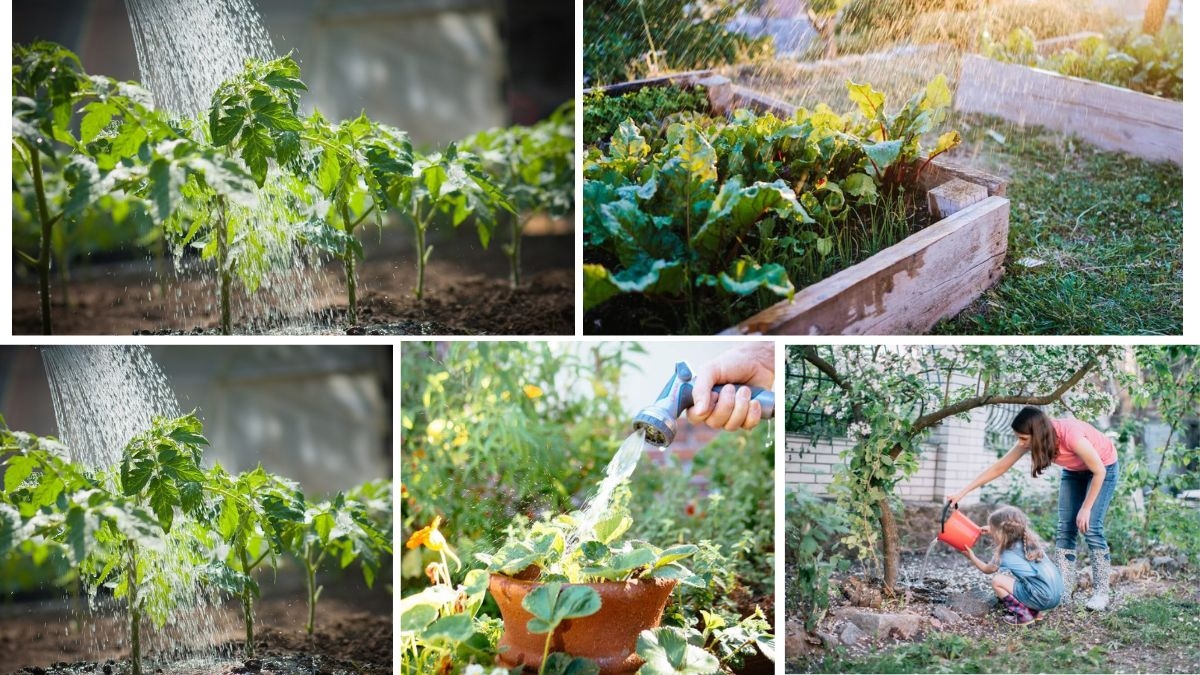




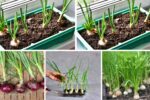
Leave A Comment